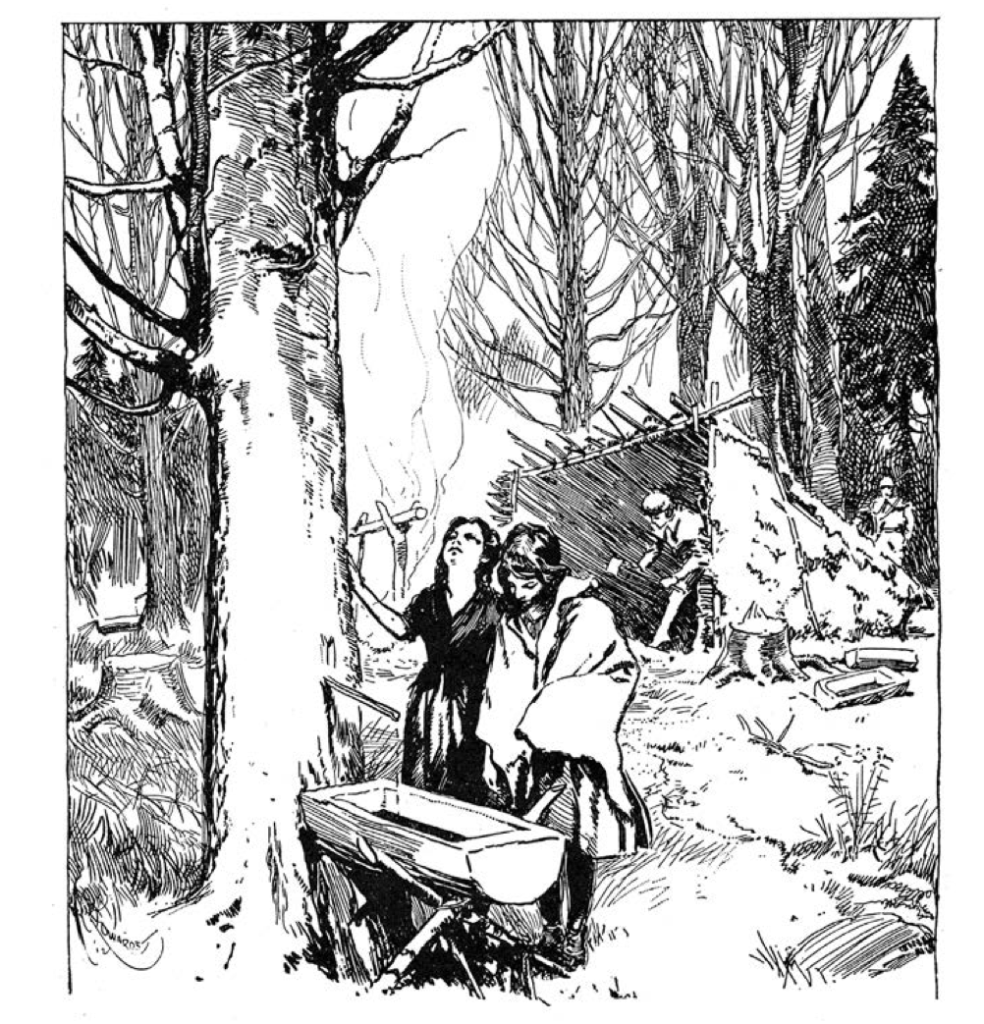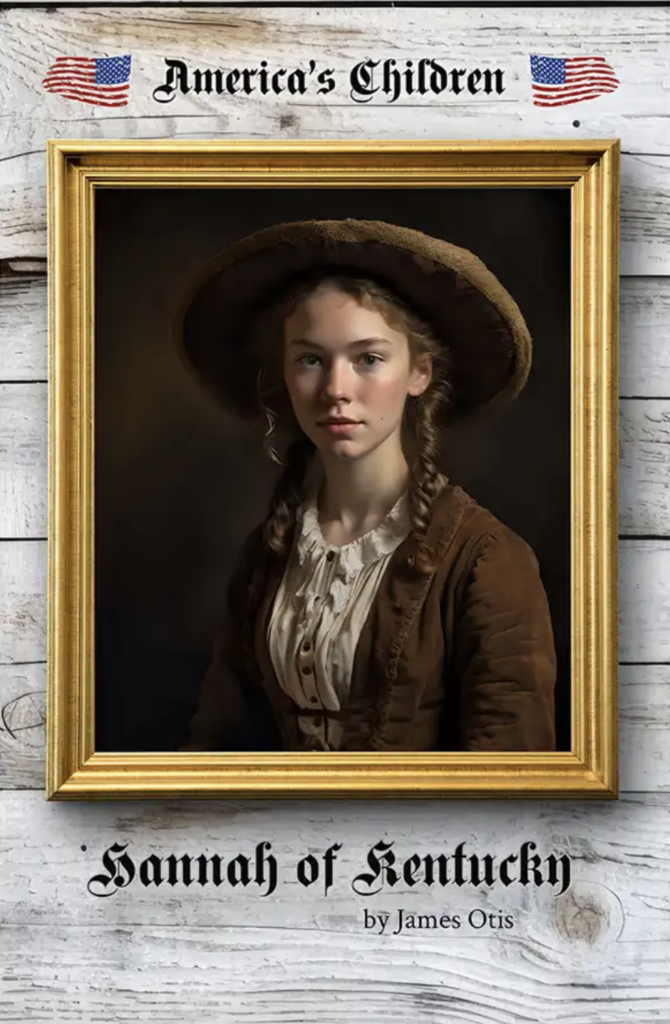
“Journey into the heart of Kentucky with Hannah, a young girl whose life intertwines with the legendary pioneer, Daniel Boone. As her father pledges allegiance to Boone, they find themselves in the throes of wilderness challenges at the fortress of Boonesborough. James Otis masterfully brings to life the everyday struggles and triumphs of pioneer life within this isolated bastion. While the rhythm of daily tasks paints a vivid picture of fort life, it’s the harrowing events of the siege of Boonesborough in 1778 that truly encapsulate the bravery and spirit of those who called it home. Walk alongside Hannah and experience the tales of courage, survival, and history in the making.” Taken from the description at Living Book Press
Written in 1912 by James Otis, this exciting and absorbing young readers’ novel tells the true story of Boonesborough from the point of view of a young girl. Written with excellent language and writing, this story is very alive and a joy to read. The reading level is comparable to something like a “Childhood of Famous Americans” book, whereas the point of view is something like the “We Were There” books. While Hannah and her family are fictional, Otis tells us, through the character of Hannah, about Boonesborough as if she was giving us a real first-person account.
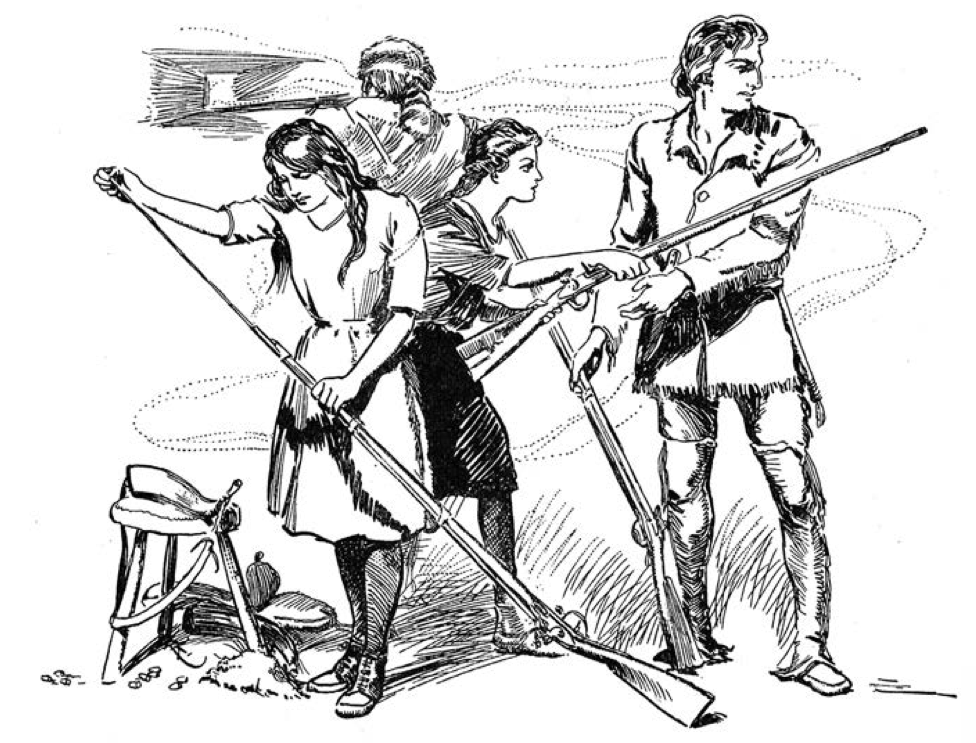
“As Mother says, those who have been killed are past all care save that of God, and the living must put away their grief to guard each other. It was my first lesson of the many needed, to make me understand how hard are the lives of the men and women who prepare the way in the wilderness.” Hannah of Kentucky-digital (p. 26). Kindle Edition.
Written to inspire young readers to be curious about American history and to be grateful for those who dared greatly to make this Nation what she has become, Otis uses the adults in Hannah’s life to offer commentary like this quote. Never preachy nor heavy-handed, their admonishments of Hannah and the other children are meant to help them see the needs that matter the most and for what they are all called to strive. The suffering and losses are very real, and Hannah lets us see that. At one point, several of the girls are kidnapped and the whole fort is sick with worry. At another, Daniel Boone’s son is murdered. We see the hardships and the triumphs.
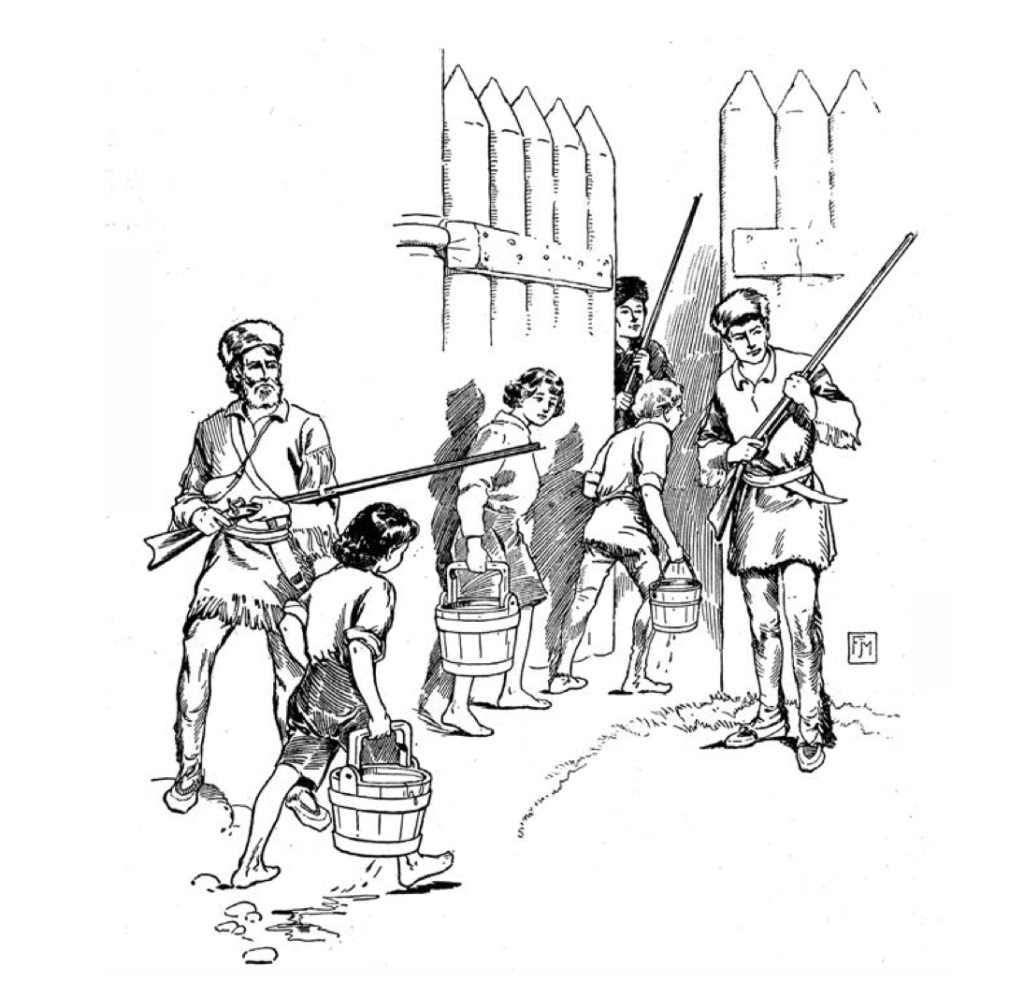
One of my favorite aspects of this story is the way in which Otis uses Hannah to tell us what life was like at the practical level. There are pictures and descriptions of how deer hides were made into shoes. We hear how the boys would fetch water from the creek under the watchful armed guard of the fathers who were on high alert against attack. When the girls are kidnapped (and then found), we hear how one of the girls broke branches and left deep footprints to aid in their recovery. At one point, a young couple gets married and we hear about the housekeeping that the women set up and the games the people of the fort played during the day of celebration. This book would be equally interesting to boys and girls (and their moms too). And, it would be suitable as a read-aloud for younger children as well.
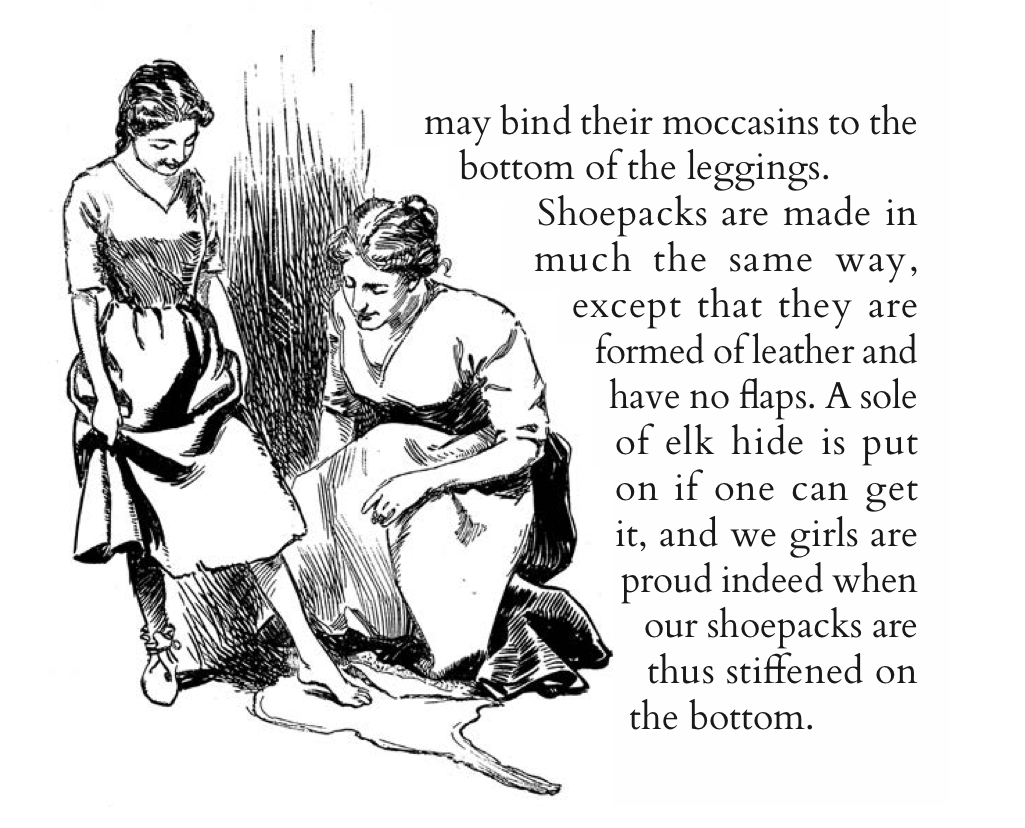
This book lands somewhere between historical non-fiction and historical fiction. Regardless of how you categorize it, I cannot recommend it more highly.
One important note: I wish to highlight the note from the publisher at the beginning of the book. I think that Anthony Coalfield of Living Book Press has done a brilliant job of explaining why he preserved the original text despite some of the language. I am copying his note here for you to read:
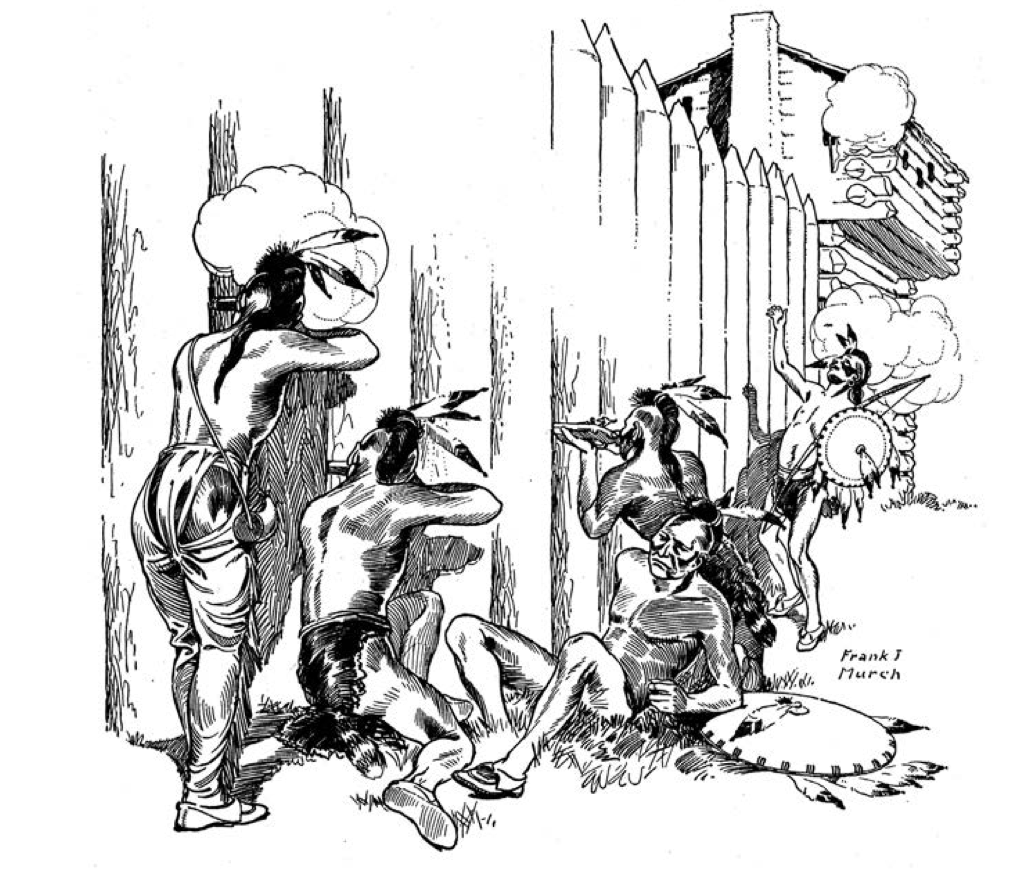
“This book was written in the early 20th century, a time when societal attitudes and language were significantly different from what we recognize today. As you delve into its pages, you might come across terms and descriptions that our modern sensibilities find offensive or inappropriate. These echo the beliefs and biases of that era, some of which were fueled by ignorance, fear, and misunderstanding.
We’ve chosen to preserve the original text, providing an unvarnished window into the past. It’s essential to approach this reading with an open heart and mind, recognizing the historical context that shaped these terms and views. While we’ve made progress as a society, the shadows of these old attitudes sometimes persist.
By recognizing and reflecting on the profound impact such perspectives have left on our culture, we can deepen our understanding of history and chart a course towards a more inclusive and compassionate future.” A Note to the Reader, Hannah of Kentucky-digital (p. 10). Living Book Press Kindle Edition.
